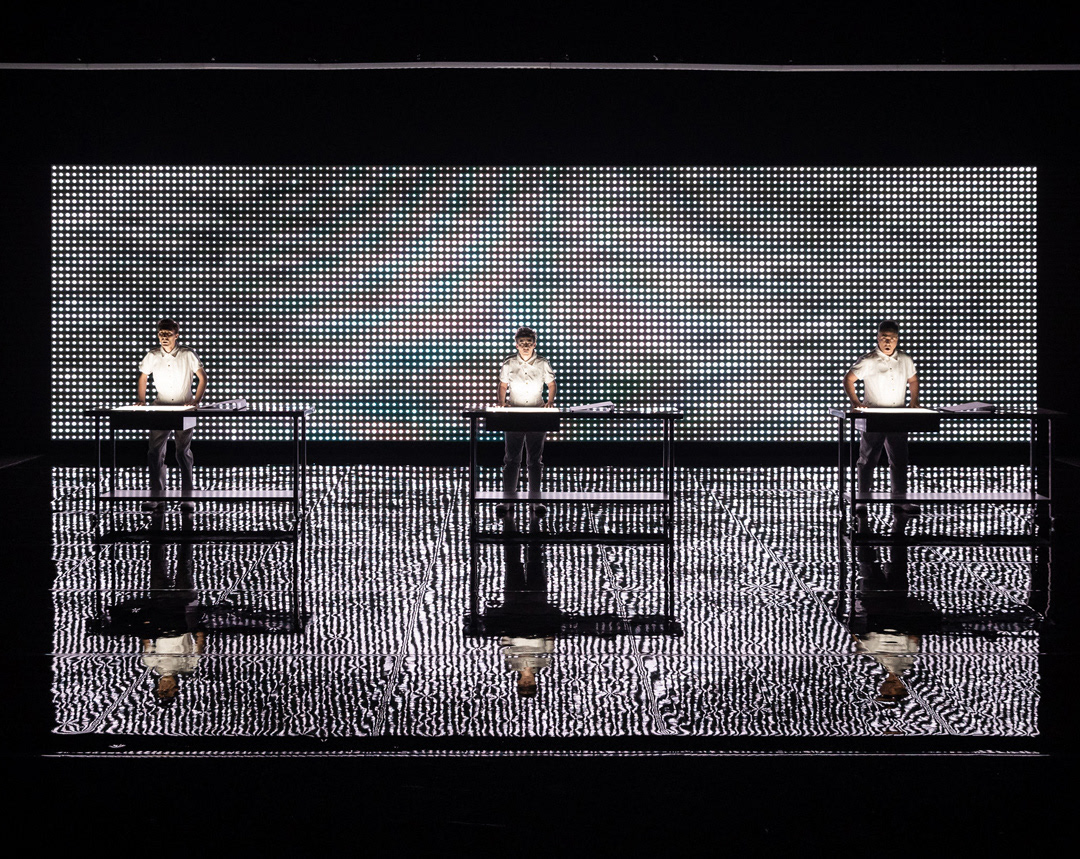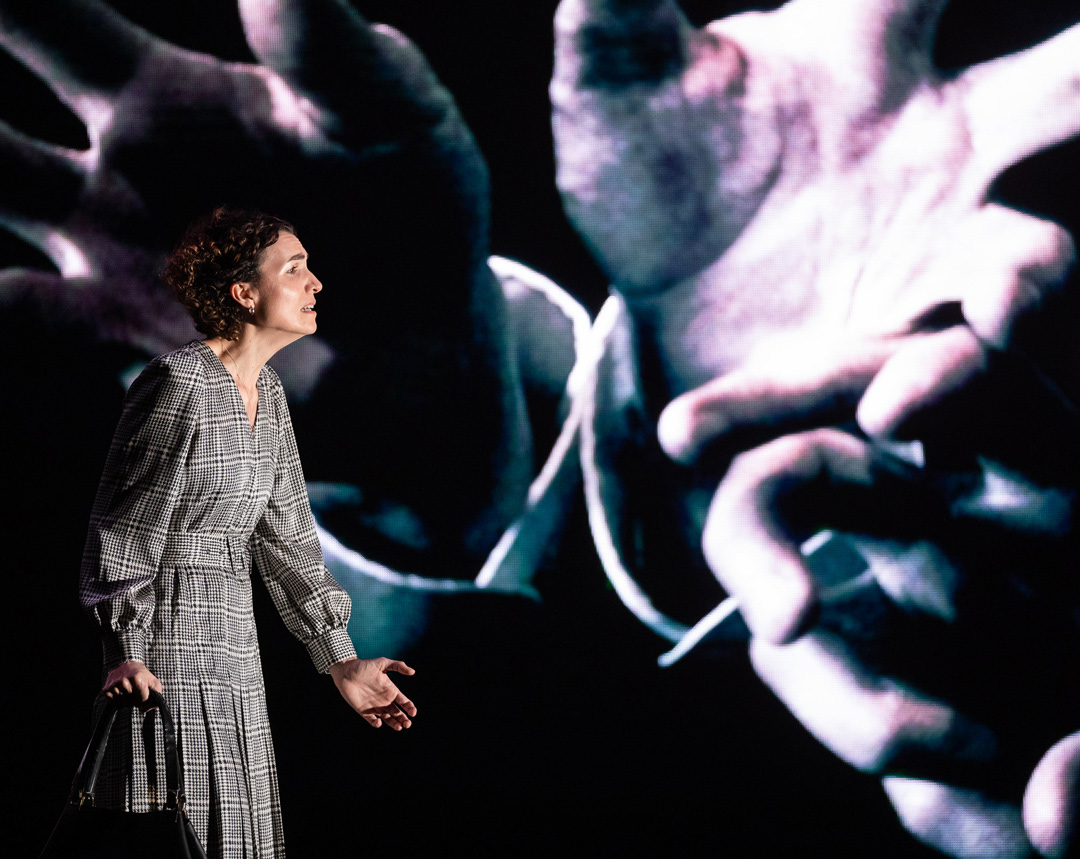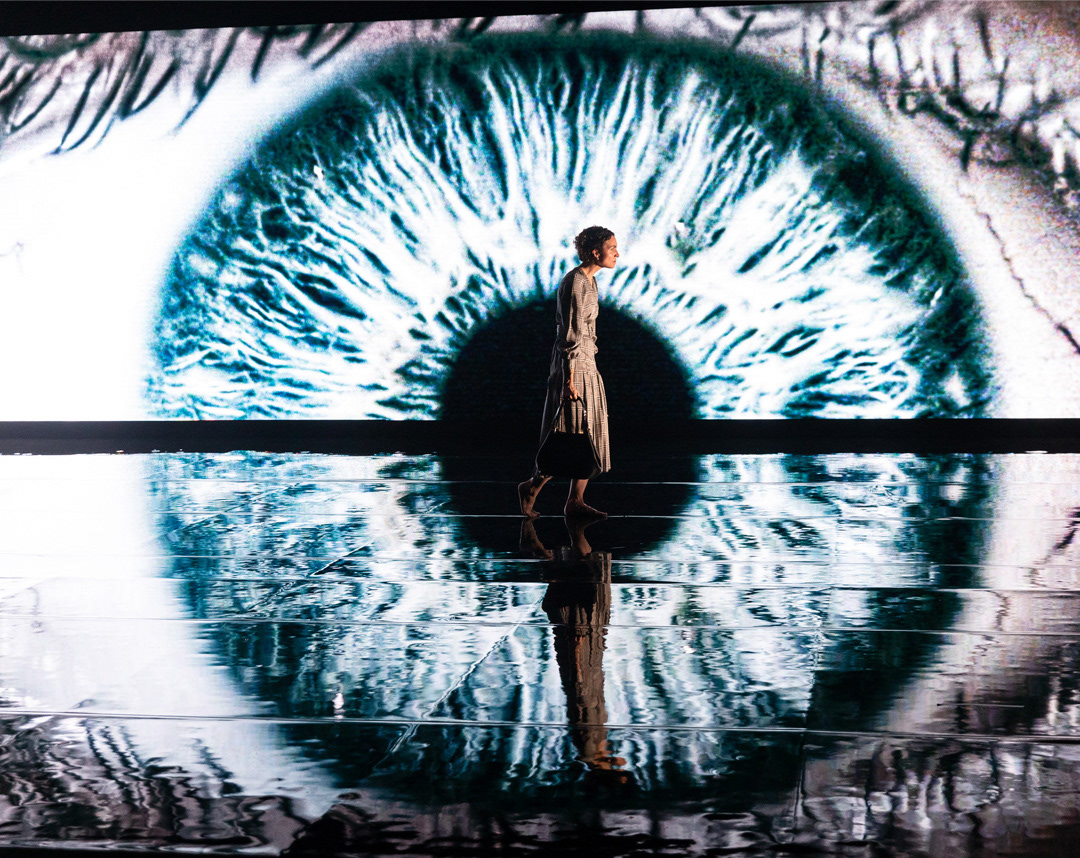Company: Sydney Chamber Opera
Venue: Carriageworks
Year the project commenced:2018
Year it became impossible:2020
Audience not reached:2000
Reflections on Breaking Glass from Jane Sheldon:-
"In the weeks leading up to the eventual decision to film the operas, Carriageworks was becoming emptier and emptier until we were the only production still working in the venue. As this draining of people was happening, we'd all been talking amongst ourselves about what was likely to happen and what our options were. Eventually, and very easily really, we arrived at consensus that we could make something essentially representative of the operas on film and that would be vastly preferable to having nothing at all to show for all our work. The pace of the shutdown meant this decision was made only a few days before the shoot.
It was a crazy scramble for everyone involved and I can only really speak for the singers' experience. We shot the films in single takes of each piece with no time in the schedule to run anything twice. That part at least was like normal performance, where it's live and you get one shot at it and, whatever happens, that's the show. But in almost every other way it was very different. The performance you see on film was our first time on the set. This is just insane really; ordinarily we would have several days of technical rehearsal to learn the lighting, get used to moving in our costumes, go over and over any time sensitive interaction with objects on the set, make sure we can see the conductor when we need to. In these technical rehearsals finally seeing the work on the set often shows the director or designer that they need to tweak something small (sometimes something quite big) but there was simply no time for that. Most bizarrely, we were not singing live, but lip-synching to a recording made at the sitzprobe, which is the first time an opera is sung with the instrumental ensemble (we rehearse with a piano reduction of the score). It's the first time the full score is heard and a piece can't come into full bloom until then. The sitzprobe would never normally be recorded or broadcast, and we would normally have the ensemble playing through 3 more sessions with us in the theatre before opening night. But with none of that possible, we recorded the one time we were in the room with the players and lip-synched to that for the film shoot. Singing opera live on stage has all kinds of subtle consequences for your physicality, for expression, for your carriage; embodying the music by singing live informs so much downstream. So during the shoot, we singers were basically inventing in real time a method of performance that would simulate all this.
I guess it’s worth noting that being forced to present the work online had a silver lining. For one thing, the show is always available to audiences online now, and there are no geographical constraints on that audience. Over time, it’s possible more people will see the work than otherwise would have. It’s food for thought about multi-platform presenting in future. I can imagine a model where all productions go up online after the live run of shows is over, vastly extending the reach of the work. The online stream of Breaking Glass has also prompted a lot of interest in SCO’s back catalogue, which is great. I'm very proud that we found a way to capture what we had made over 6 weeks in the rehearsal studio. All the art-making I’m familiar with gets done in an intense whirl of camaraderie and half-mad passion, pushed over the line through shared force of will, but this was a really extreme case. It was a real privilege that over those weeks as the world was shutting things down in a state of mounting anxiety, I got to spend each day with colleagues I adore, creating new work that we did get to share with an audience, even if it was a different audience than the one for which the works were originally made". - Jane Sheldon






As part of The Impossible Project we have been inviting artists to conceive of, attempt and document an attempt at An Impossible Task or to undertake a conversation with Anna Tregloan where she will attempt (the similarly impossible task) of capturing aspects of their creative endeavours in sketch form.
We invited Jane Sheldon to undertake an Impossible Task. She attempted to make flowers bloom.